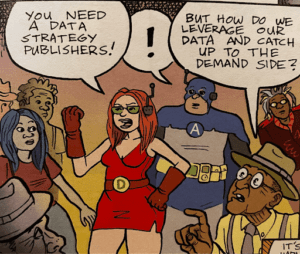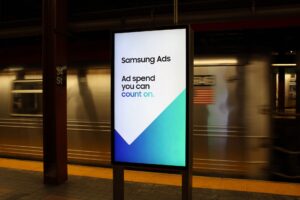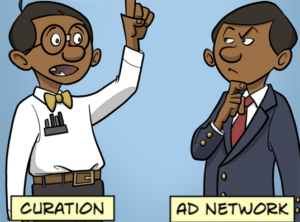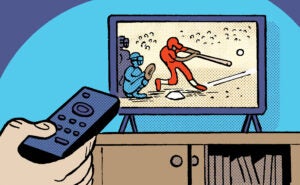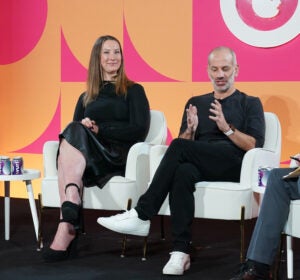 Following Adblock Plus’ (ABP) peace talk with numerous ad industry executives last week, the company revealed Thursday morning the first steps toward establishing an independent committee to oversee its Acceptable Ads initiative – which whitelists publishers that abide by ABP’s conditions.
Following Adblock Plus’ (ABP) peace talk with numerous ad industry executives last week, the company revealed Thursday morning the first steps toward establishing an independent committee to oversee its Acceptable Ads initiative – which whitelists publishers that abide by ABP’s conditions.
Those first steps are more goals than reality at the moment and reflect the difficulty of squaring an issue like ad blocking with groups that are impacted in competitive ways.
For example, one of the four main goals ABP settled on to guide the new standards is: “Only allow formats that ad-block users do not find intrusive.” The very next rule – “Still, allow formats that provide meaningful monetization opportunities.” – shows the contradicting push and pull of different industry perspectives.
APB was victorious in its September legal battle against Axel Springer, in which the German publishing giant challenged the validity of ABP’s Acceptable Ads program. Afterward, the ad blocker said that in 2016 it would relinquish control of the standards and whitelisting practices to an independent board representing different sectors.
But ABP discovered that corralling interests across an industry is easier said than done. While advertisers, ad tech, publishers, content creators, consumer groups and ad blockers were expected to be present on the independent board, browsers and academics wanted a spot at the table as well.
“Considering the contention and misinformation that’s out there, I think it was a good first step by the Adblock Plus team to just get people at the table,” said Craig Spiezle, president of the Online Trust Alliance and one of the representatives at the meeting. “I hope they took away from this how complex the process and mechanisms need to be, because the Acceptable Ads criteria has lacked that objectivity and nuance.”
Much of last week’s discussion revolved just around how to structure and frame the new group (Will it be a board or a committee? Who “owns” it? Is it a nonprofit?), with the nitty-gritty details left undetermined.
The ownership of the board hadn’t even been a consideration for ABP, according to a blog post from ABP operations and communications manager Ben Williams. He noted the benefits: “[H]aving an independent legal structure allows a working group to maintain its independence and integrity even if the original group that formed it should dissolve.”
It could also help with more mundane, logistical issues. Though Spiezle, who runs a nonprofit, said “they shouldn’t underestimate the overhead and costs of managing a nonprofit – the minutes, the insurance policies, the employees.”
Dave Carroll, a professor at the New School who attended the discussion, said ABP did little to indicate how it would address the functional, bureaucratic difficulties of forming a nonprofit or benefit-corporation structure “that would resolve its obvious conflicts of interests.”
Spiezle and off-the-record attendees all described it as a positive step – if even just to get the varied parties in a room for conversation. The pleasantries dispensed with, what remains is an immense uphill battle in order to have a truly independent, industrywide solution.
“Pulling together a multi-stakeholder arbitration process – call it whatever you like – is immensely difficult,” said Spiezle. “Give them credit, because it was the first time you had people across the industry together frankly accepting responsibility for their share of the problem … but it’s an indication of how hard it will be to maneuver the interests represented here.”




